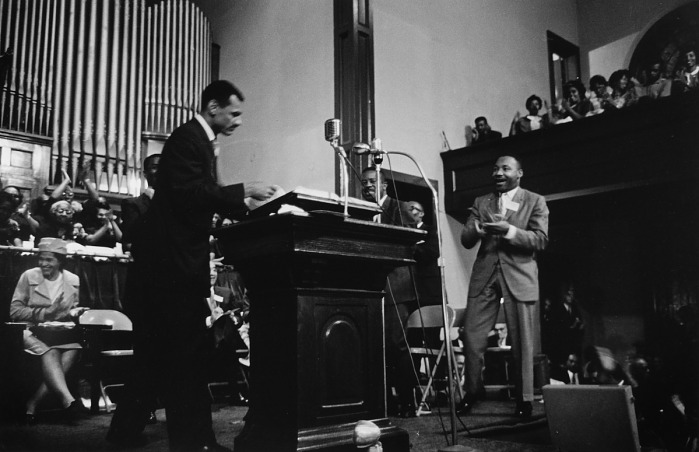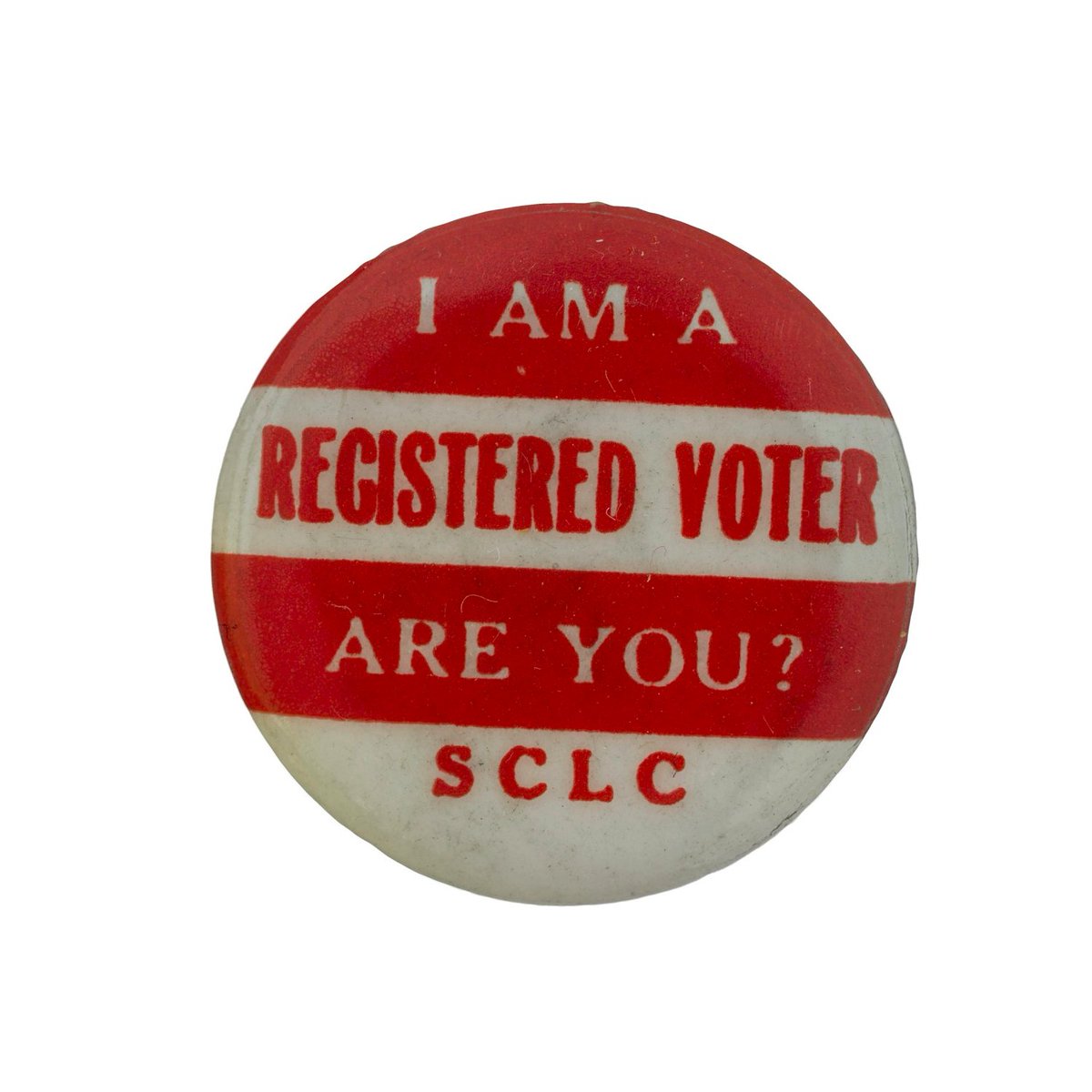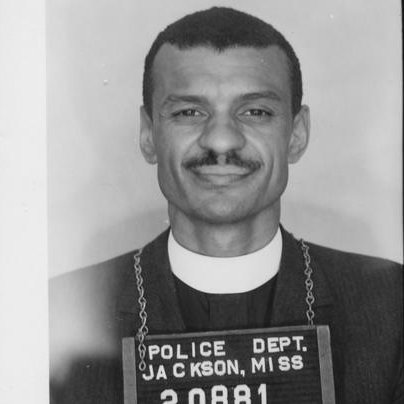
History is part of how we collectively remember, but key moments in history can go unaccounted for or even be silenced.
Communities across the country have fought to have their stories told using historical evidence, commemorative markers, personal accounts, and museum exhibits.
Communities across the country have fought to have their stories told using historical evidence, commemorative markers, personal accounts, and museum exhibits.

In 2008, the Emmett Till Memorial Commission put up a series of signs to publicly mark Emmett Till’s last moments and to memorialize sites of his lynching in the Mississippi. These are important to both preserve Emmett’s memory and tell an often-silenced side of a national story.
The “River Site” marker stands on the banks of the Tallahatchie River, where Emmett’s body was discovered. The historical marker at the river site has been replaced three times due to ongoing vandalism. The fourth and most recent version is made with bullet-proof steel.
Other signs commemorating Till in Tallahatchie have also been defaced. Historian David Tell writes, “Till signs have been stolen, thrown in the river, replaced, shot, replaced again, [and] shot again.”
This reaction reminds us that history is contested and that how and what we choose to remember matters. The bullet holes and vandalism are not random attacks. To many members of the community, they are an extension of the violence inflicted on Black people.
The marker is a physical representation of the community’s fight to recover Till’s history in the place where his murder happened, and the violence they face in that process.
📷: River Site marker, courtesy of the Emmett Till Memorial Commission
📷: River Site marker, courtesy of the Emmett Till Memorial Commission
• • •
Missing some Tweet in this thread? You can try to
force a refresh
















